How To Tune A Banjo
Tuning a banjo is easy. There are a number of different types of banjos that all are tuned differently. The most common banjo type is a 5 string banjo and has a standard tuning in open G - the notes from the 5th string to the 1st are G, D, G, B, D. Find out alternate tunings and tunings for all other banjo types here.
5-String Banjo
G, D, G, B, D
The most standard 5-string banjo tuning. This is referred to as "Open G" Tuning because the banjo is tuned to an open G chord, meaning that if you strum the banjo without fingering any of the strings on the neck you will be playing a G chord.
G, C, G, C, D
Often used in Old Time music, this is referred to as "Double C" Tuning because the banjo has two C strings. A capo is often put on at the second fret to bring the banjo into "Double D" tuning.
G, C, G, B, D
This is referred to as "C" Tuning. It can also be referred to as "Drop C" Tuning because coming from the open G tuning, the D string on the 4th string is dropped down to a C.
F#, D, F#, A, D
This is referred to as "D" Tuning. Earl Scruggs used this tuning on such songs as "Reuben". You can also tune the 5th string to an "A" instead of a "F#" and still be in "D" tuning. If you strum the banjo without fretting any strings in this tuning you will be playing a D chord.
G, D, G, C, D
This is referred to as "G Modal" Tuning. This is a very popular tuning for old time tunes such as Shady Grove, Little Sadie, and many others. It is also sometimes called “Sawmill Tuning” or “Mountain Minor Tuning.” This is very close to standard G tuning but the second string is tuned up to a C note. This eliminates the third of the G chord and produces a G sus 4 chord. By eliminating the third of the chord, you cannot tell if it is a major or minor chord and gives it a modal sound.
G, C, G, C, E
This is Open C tuning. If you strummed across all of the strings without fretting any of them, you'd be playing a C chord.
19-Fret or 17-Fret Tenor Banjo
C, G, D, A
The most standard tenor banjo tuning. This is referred to as "Standard Tenor Tuning" for obvious reasons. This tuning is the intervals of fifths and is exactly the same as viola or mandola.
G, D, A, E
Referred to as "Irish Tenor Tuning". This tuning is also in fifths but is lower in pitch than the standard tenor tuning. This tuning is like a violin or mandolin, only one octave lower.
D, G, B, E
This tuning is the same as the top four strings of a guitar and is often referred to as "Chicago Tuning". This makes it very easy for guitarists to pick up a 4-string banjo and start playing.
Plectrum Banjo
C, G, B, D
The most standard plectrum banjo tuning. This is very close to the standard 5-string tuning (without the 5-string), but the 4th string is dropped down to C.
D, G, B, E
This tuning is the same as the top four strings of a guitar and is often referred to as "Chicago Tuning". This makes it very easy for guitarists to pick up a 4-string banjo and start playing.
Buy Plectrum Banjo Strings Here
5-String Longneck Banjo
E, B, E, G#, B
This is open E tuning. Really it is the same as open G tuning, just 3 steps lower in pitch.
6-String Banjo
E, A, D, G, B, E
This tuning is exactly the same as a guitar.
Buy 6-String Banjo Strings Here
12-String Banjo
E, E, A, A, D, D, G, G, B, B, E, E,
This tuning is exactly the same as a 12-string guitar. To be more specific, this is the same as a regular guitar, but the low 3 strings are doubled separated by an octave and the top 3 strings are doubled in unison.
Banjo Ukulele
G, C, E, A
This tuning is exactly the same as a standard ukulele. It is the same intervals as the top for strings of a guitar (except that the G string is an octave higher).
Learn more about our new Goodtime Banjo Ukulele here!
Get more helpful banjo tips sent to you via email!
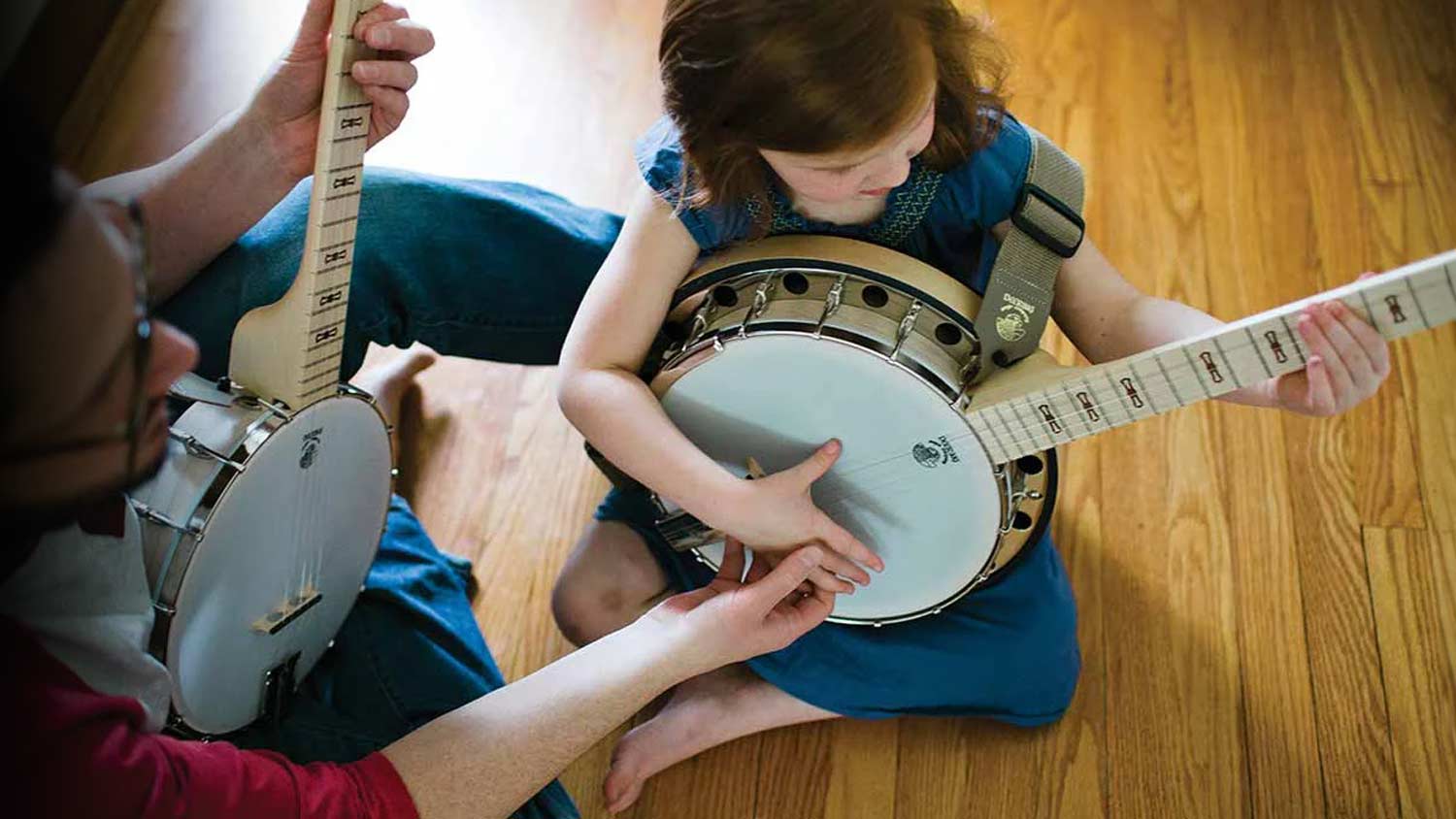



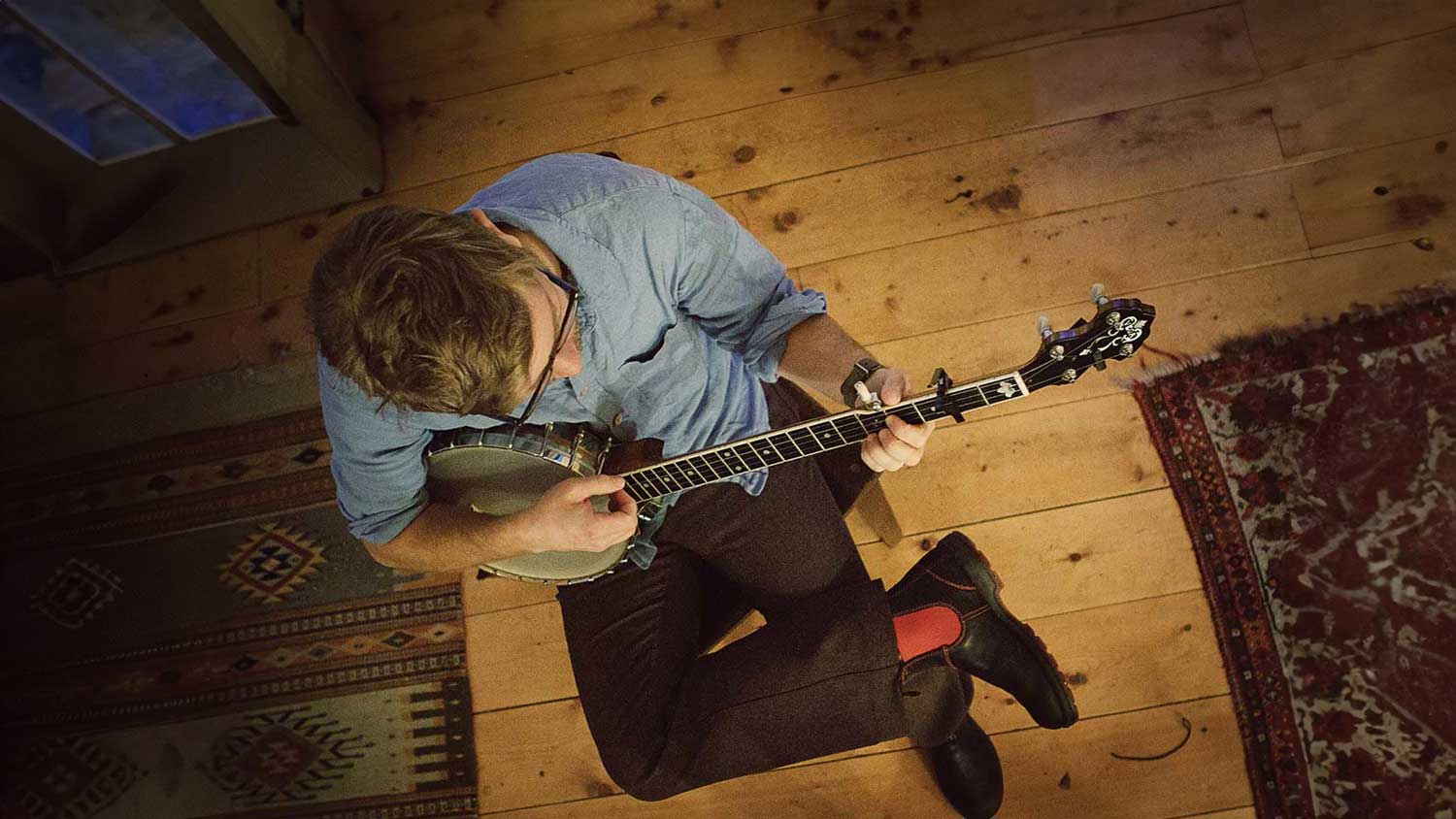
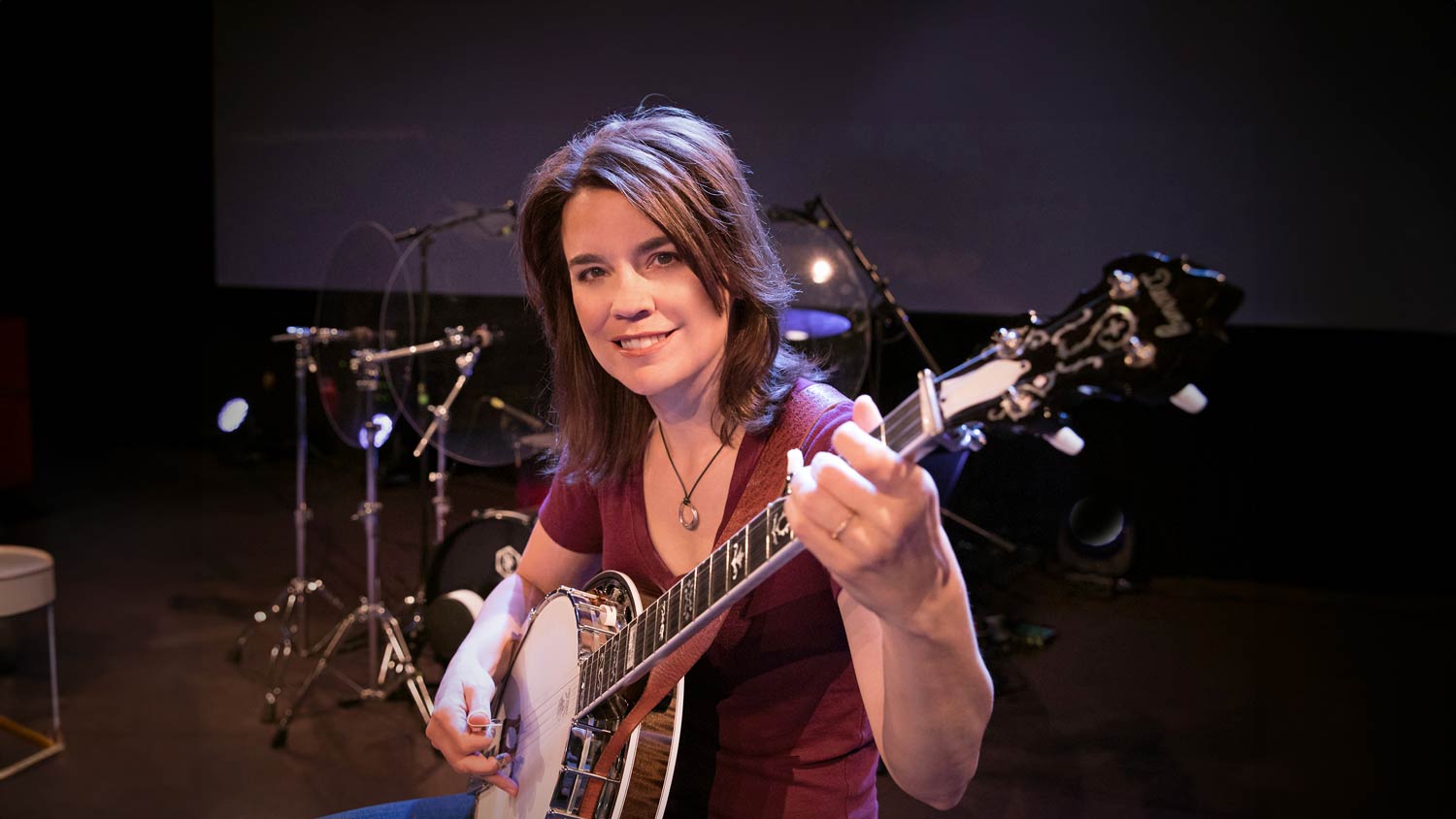

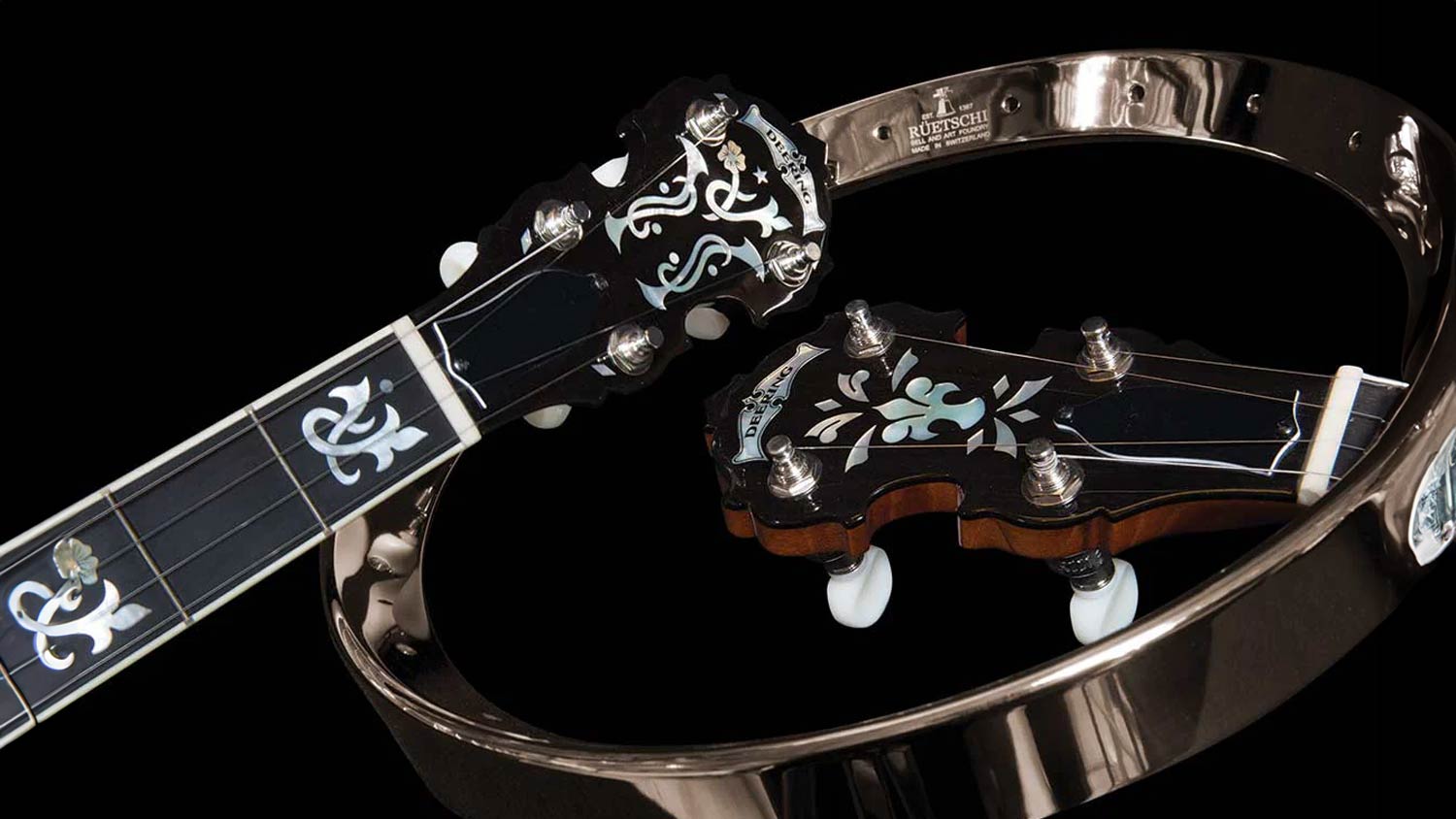

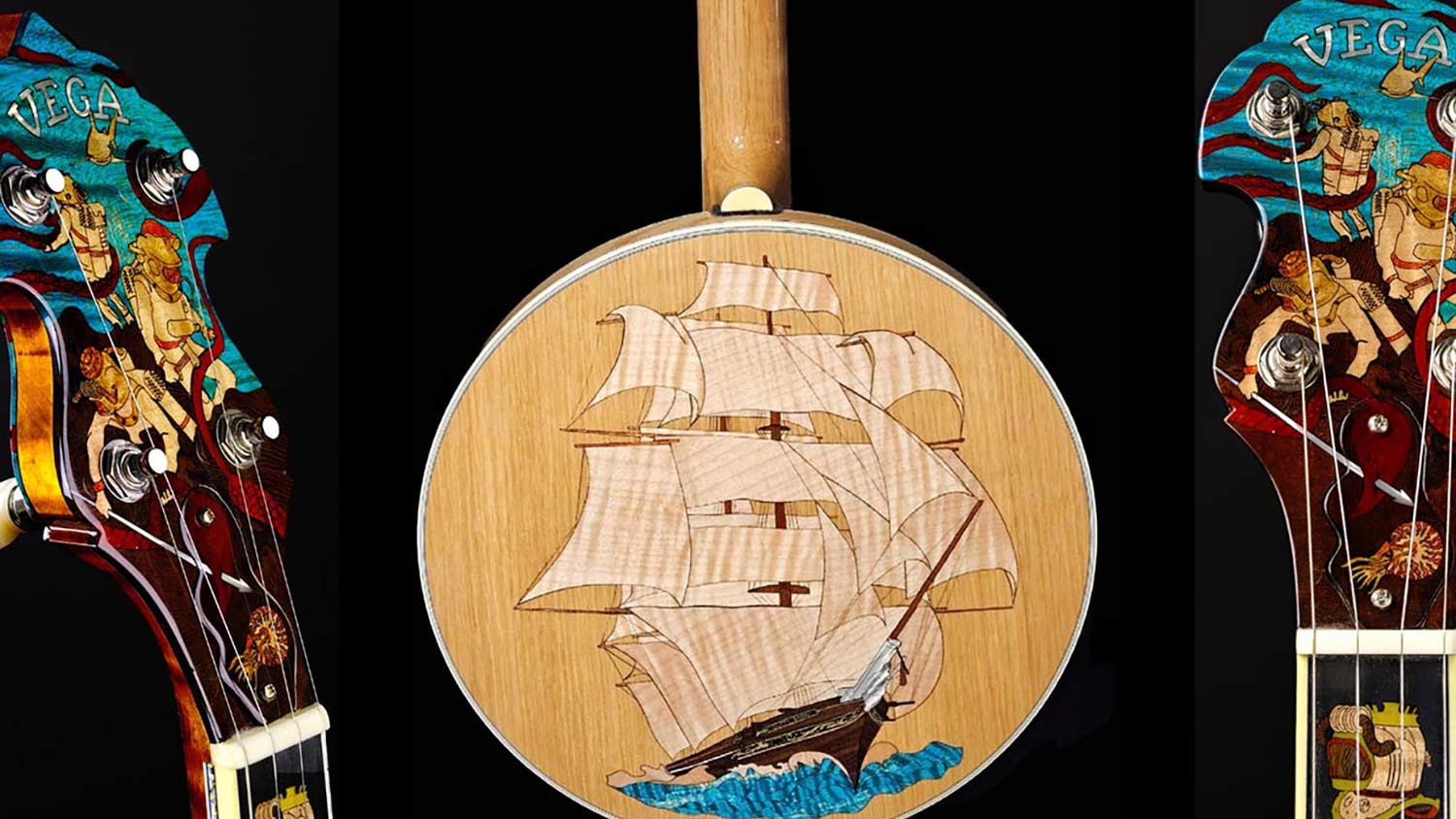






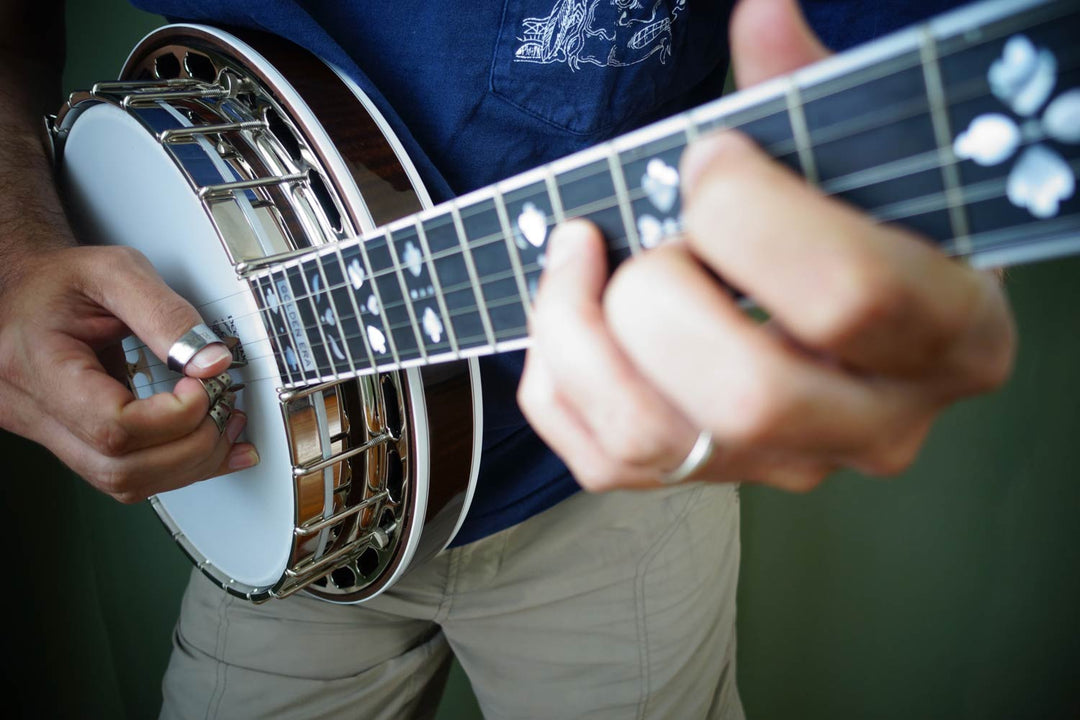
This is a great read. Unogeeks is the top Oracle Integration Cloud Training Institute, which provides the best Oracle Integration Cloud (OIC) Training
What prevents your adding a tuning image????
Is it possible to add the octave numbers?
thank you it is good side for banjo learning. sir please explain that what is the tune 5string banjo
indian folk song or indian music ?
What happened to the Artisan Goodtime Two 19-Fret Tenor? In navigating the digital catalog I could not find it. I have the printed 2016 catalog and it is definitely there. I am an intermediate/advanced fiddler and mandolin player who tried my fellow band member’s 19-Fret Vega with a capo on the 7th fret and was amazed at what I could do with it. I think I would like to purchase the Artisan Goodtime Two 19- Fret If I could find one to try. Love the idea of the midnight maple fingerboard.
Leave a comment